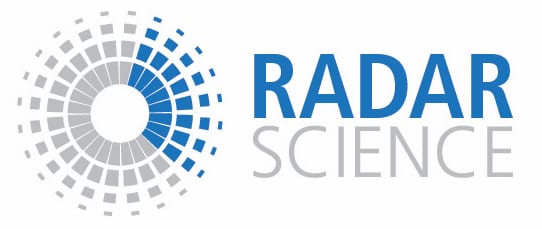The “cloud problem”, i.e., the understanding of the microphysical, dynamical and radiative processes that act at the cloud scale and their accurate representation in numerical models is the central theme of our research. Synergetic remote sensing observations from both space-based and ground-based sensors and their clever use through the development of new inversion algorithms and adaptive sampling strategies constitute our approach for probing clouds and precipitation in their natural environment. As part of our research we use a wide variety of observational platforms, however, millimeter wavelength radars are our primary observing tool for diagnosing the structure, kinematics and microphysics of clouds and precipitation.
Atmospheric Radiation Measurement (ARM) program
The Department of Energy (DOE) of the United Stated funds the Atmospheric Radiation Measurement (ARM) program. This program provides the climate research community with strategically located in situ and remote sensing observatories designed to improve the understanding and representation, in climate and earth system models, of clouds and aerosols as well as their interactions and coupling with the Earth’s surface.
Atmospheric System Research (ASR) program
The Atmospheric System Research (ASR) program is an observation-based research program established to advance process-level understanding of the key interactions among aerosols, clouds, precipitation, radiation, dynamics, and thermodynamics, with the ultimate goal of reducing the uncertainty in global and regional climate simulations and projections
Funding Sources
Environment Canada
European Space Agency

